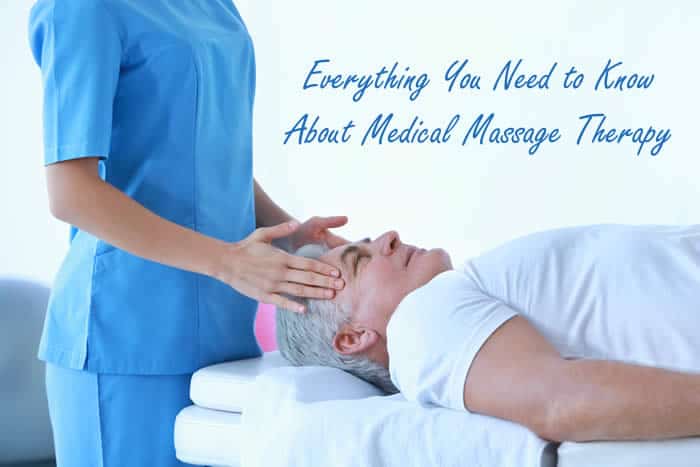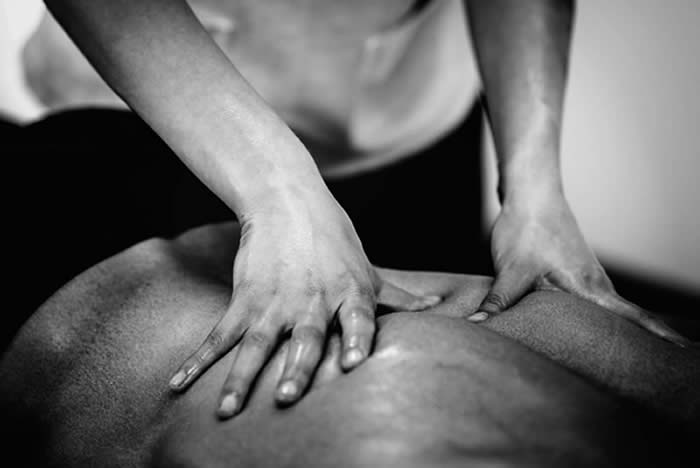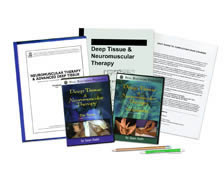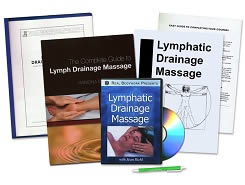

Massage therapists can specialize in a variety of types. Swedish massage is practiced most often, (1) with other options including sports massage, deep tissue massage, aromatherapy massage, and several others. Another option that is less discussed yet offers numerous benefits and is projected to grow 32% in upcoming years (2) is medical massage.
What Is Medical Massage?
Medical massage is massage used to help treat diagnosed medical conditions. It is performed by a licensed massage therapist (LMT) who typically works closely with other healthcare staff to alleviate a patient’s pain or otherwise improve their health condition.
Medical massage is being used more frequently, in part, because there is increased demand for approaches that combine traditional and alternative medicine. (2) An aging population may also play a role in increased medical massage usage since older adults often require more health-based services. (3)
Medical Massage vs Massage Therapy: What’s the Difference?
Several differences exist between medical massage and traditional massage therapy. The Mayo Clinic College of Medicine and Science shares that some of these differences include: (2)
- While the main goal of general massage therapy is to increase relaxation and reduce stress, the primary goal of medical massage is to treat a medical condition.
- A therapist providing general massage will typically work in a spa whereas a medical massage therapist often works in a medical setting, such as a hospital or health clinic.
- A therapist needs advanced training and experience to perform medical massage, above and beyond the training required to provide basic massage therapy.
- Health insurance doesn’t usually cover massage therapy but it may cover medical massage—particularly if it is ordered by a physician. (4)
Medical Massage Therapy Types & Techniques
Medical massage therapists can help patients with health conditions by using many different techniques. Like general massage therapy, the most popular type of medical massage involves the use of Swedish techniques. (5)
The American Institute of Alternative Medicine adds that if a patient has myofascial pain syndrome, targeting stiff or tightened myofascial tissues (commonly referred to as “trigger points”) can provide some relief. (5) Patients who are pregnant may also benefit from a medical massage designed specifically for prenatal or maternity concerns.
Other techniques used in medical massage are:

Benefits of Medical Massage
There are several reasons a massage may be prescribed by medical professionals.
- One is that research has found it can improve blood flow. (6) Blood brings both oxygen and nutrients to the affected area. If massage improves its ability to reach the damaged tissue, this can help that tissue heal faster and more efficiently.
- Another benefit of medical massage is that it can reduce pain. In one study, patients engaging in regular 30-minute Swedish massage sessions for eight weeks reported a greater reduction in pain from rheumatoid arthritis than those who received no massage. (7) They also had a greater reduction in the amount of medication they consumed to relieve their pain, reducing their reliance on painkillers.
- Medical massage can also induce relaxation and reduce stress in patients with health conditions. This is important because stress can hamper healing, so finding ways to ease it may improve treatment outcomes. (8)
Conditions Medical Massage Can Help Treat
Individuals with certain health conditions may find that medical massage helps relieve their symptoms or aids in treatment. Conditions that can respond positively to medical massage include: (5)(9)
- Cancer-related fatigue
- Carpal tunnel syndrome
- Depression
- Diabetes
- Headaches
- High blood pressure
- Low back pain
- Muscle strains
- Sciatica
- Sleep disorders
- Tendonitis
The Medical Massage Therapist’s Role
Perhaps the best way to understand what a medical massage therapist does is to look at a job description for this role. While exact responsibilities can vary from one employer to another, duties required may include:
- Assessing patients’ needs and creating personalized massage treatment plans.
- Utilizing effective massage techniques that best address a patient’s concerns.
- Maintaining and updating patient records to reflect treatments used and their response.
- Collaborating with medical professionals, such as physicians, chiropractors, or physical therapists.
How to Become a Medical Massage Therapist
If you’re interested in providing medical massage therapy services, you must first be a licensed massage therapist. Advanced training is also required.
Depending on the program, you can expect to engage in somewhere between 300 and 1,000 hours of training. This helps prepare you for the National Certification Board for Therapeutic Massage & Bodywork (NCBTMB) Exam, which provides certification for this position. (2)














